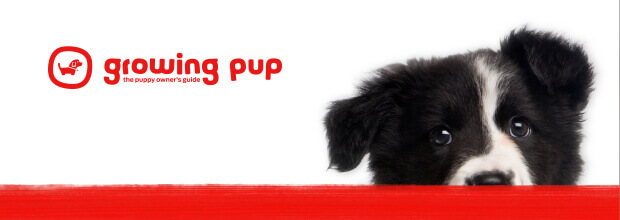With his keen scent ability, the Bloodhound is used worldwide as a tracking dog in criminal searches and rescue efforts. This breed descended from the St. Huberts Hound of eighth century Belgium. Kind, docile and affectionate, the Bloodhound is a good family pet. The breed has a distinctive look due to abundant loose skin that hangs around the head and neck forming deep folds. The coat should be groomed weekly.
DID YOU KNOW? The Bloodhound’s name refers to the pure-blood breeding of this hound. Bloodhounds are such accurate trackers that they have produced evidence that has been accepted in a court of law.
ALSO KNOWN AS: Chien de Saint-Hubert, St. Hubert Hound















